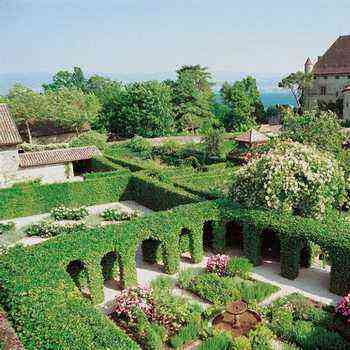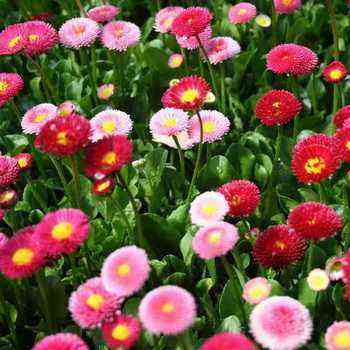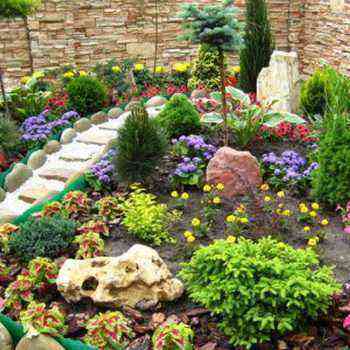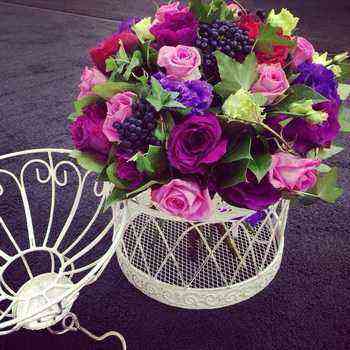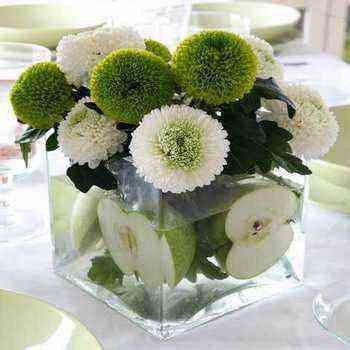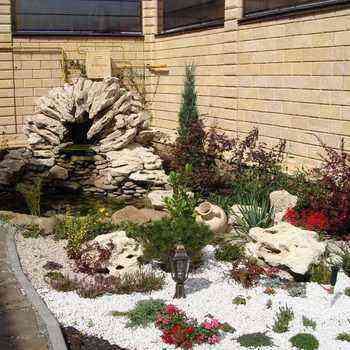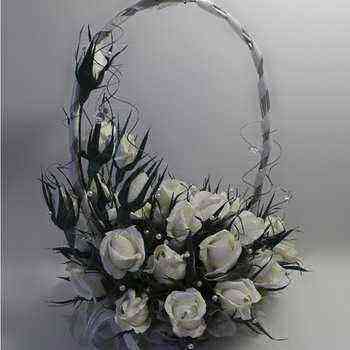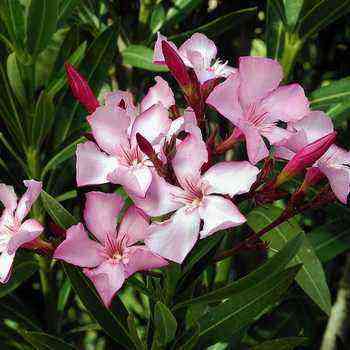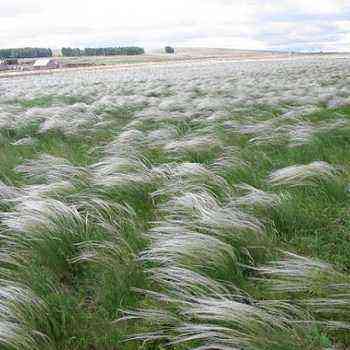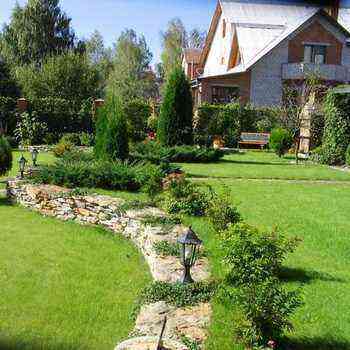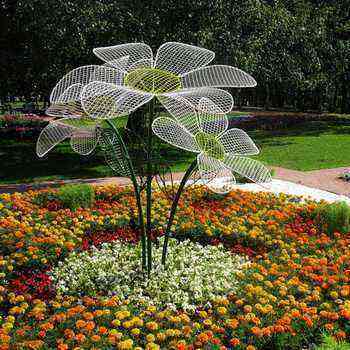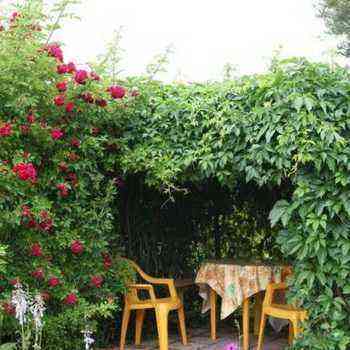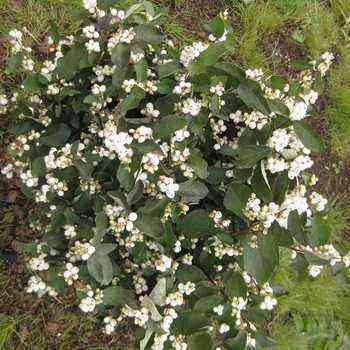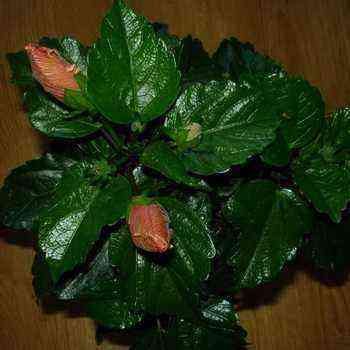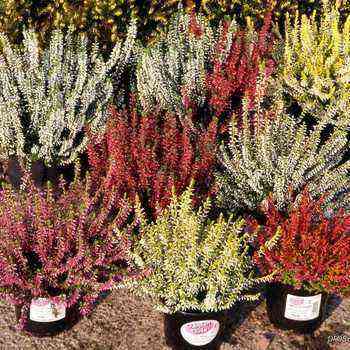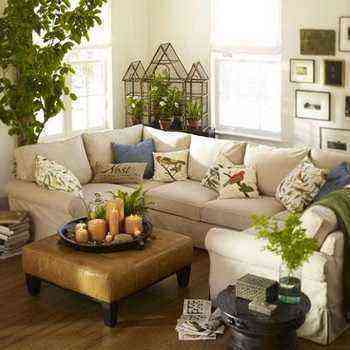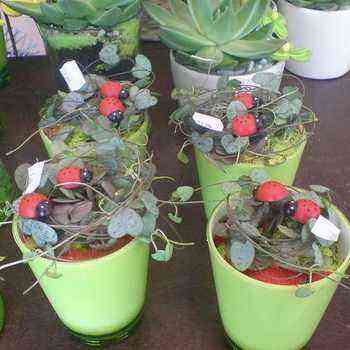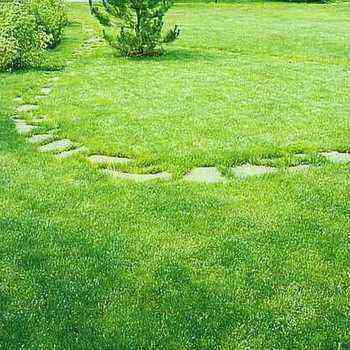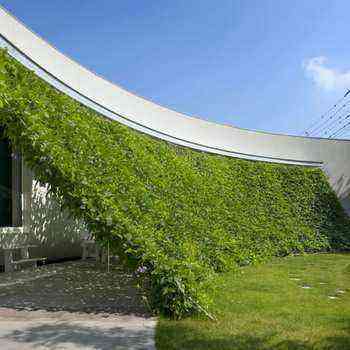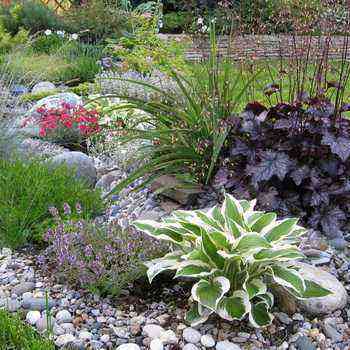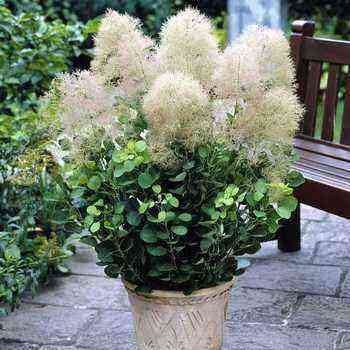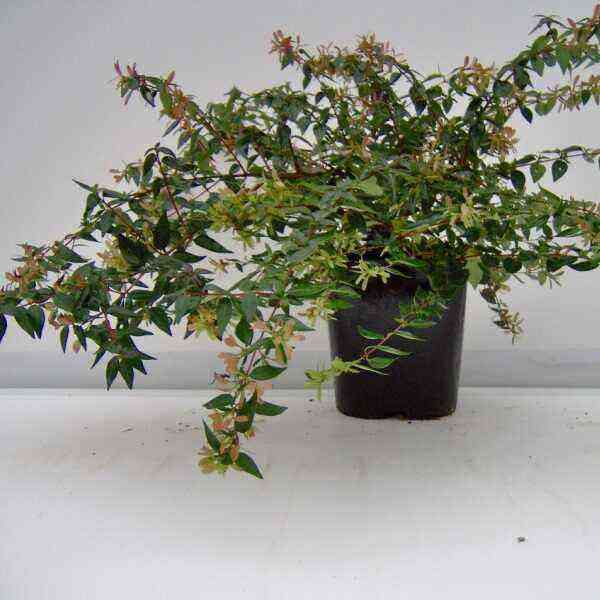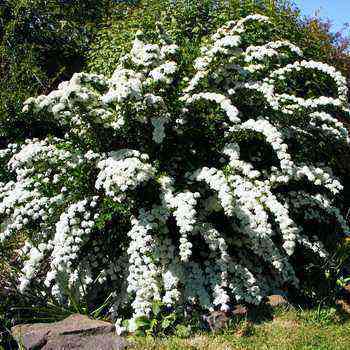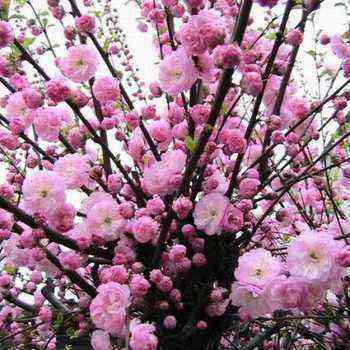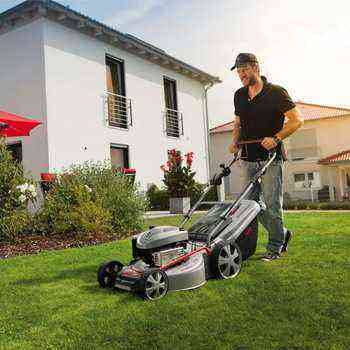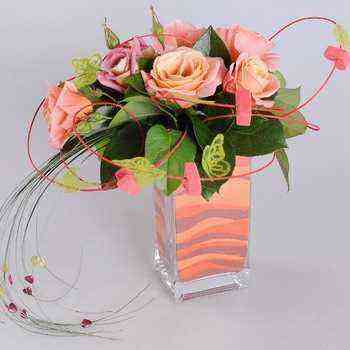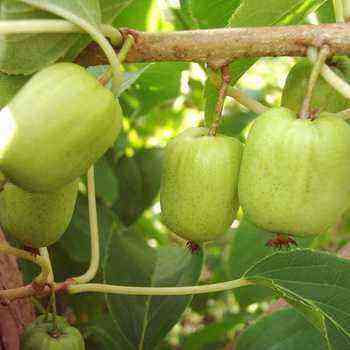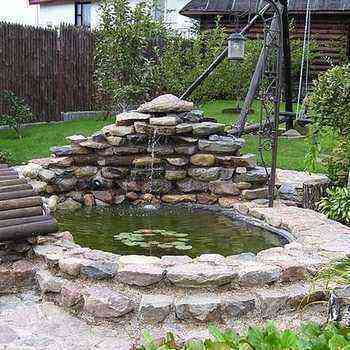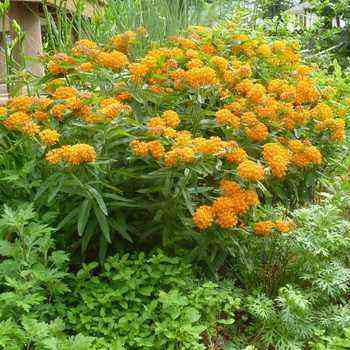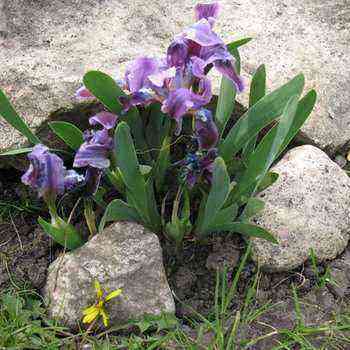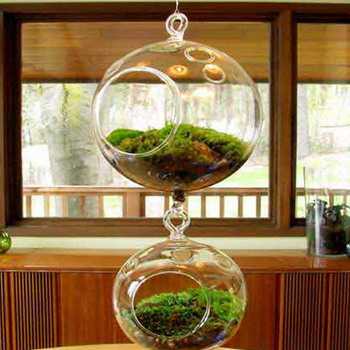 Flowers under glass not only decorate any interior, but also grow more actively, since the most comfortable microclimatic conditions are created for them. You can grow a variety of plants under glass, depending on your taste preferences. It is enough to look at the photo of flowers under glass below to understand that all decorative and beautifully flowering plants can be perfect for this style.
Flowers under glass not only decorate any interior, but also grow more actively, since the most comfortable microclimatic conditions are created for them. You can grow a variety of plants under glass, depending on your taste preferences. It is enough to look at the photo of flowers under glass below to understand that all decorative and beautifully flowering plants can be perfect for this style.
A glass garden is characterized by the fact that the plants are partially or completely enclosed in a glass container.
The terrarium makes it possible to grow delicate plants that cannot survive under normal indoor conditions – this is a device for growing rarities.
All kinds of household items and custom containers can be used. Choose glass – clear plastic doesn’t meet all the requirements. The list of suitable plants is limited. Do not plant fast growing species in a small container or grow flowering plants in a bottle garden. Avoid plants that require very dry air. Terrariums can contain some of the tropical plants that need constant humidity and protection from drafts.
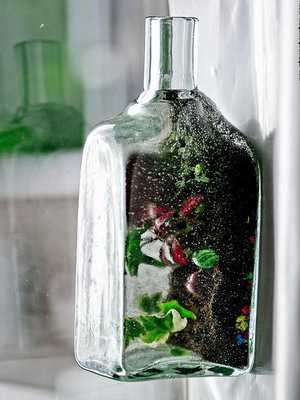
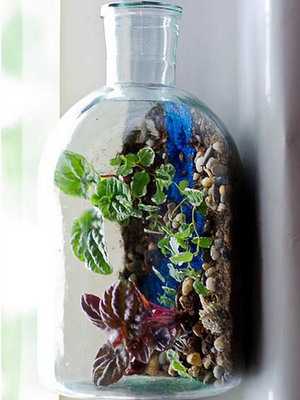
The bottle garden became popular in the middle of the 20th century, but it is not often seen today. This is not the best way to grow indoor plants – a terrarium is much more convenient. Removing dead plants in it is very simple, as well as replanting. Be very careful to avoid waterlogging – the time between waterings is measured in weeks, not days.
DIY flower terrarium

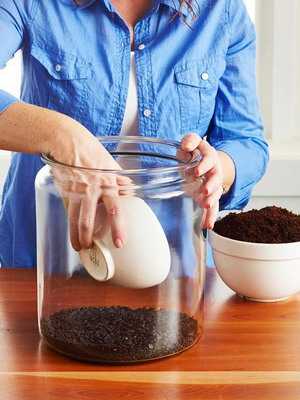
A key feature of this type of glass garden is that the plants are easy enough to get to for pruning, removal, etc. In the case of a garden in a bottle, this is not possible. The most convenient garden in the aquarium for fish. Place a layer of gravel and charcoal on the bottom of the container, and then add an 8 cm layer of compost.
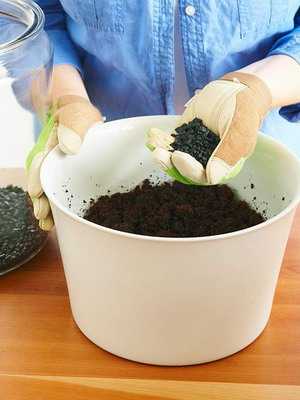
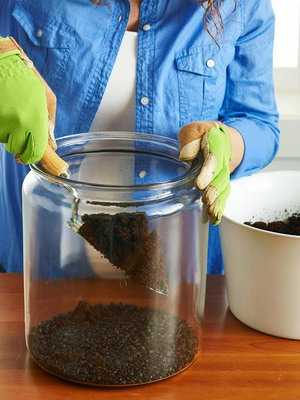
Many flowers in the terrarium can grow and develop beautifully: delicate ferns, crotons, fittonia, cryptantus, calathea, selaginella and rheo. Flowering plants can be added between the foliage to provide colorful spots. Usambara violets and small orchids are ideal for this.
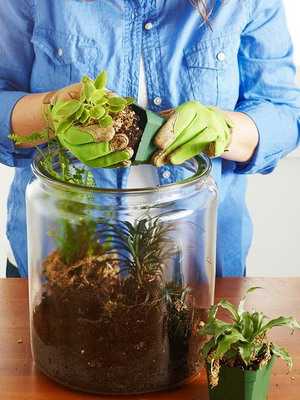
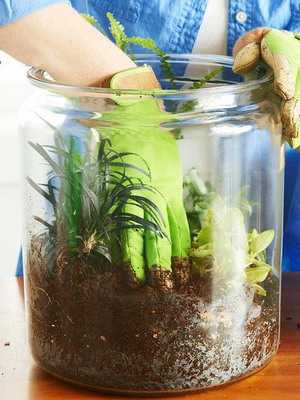
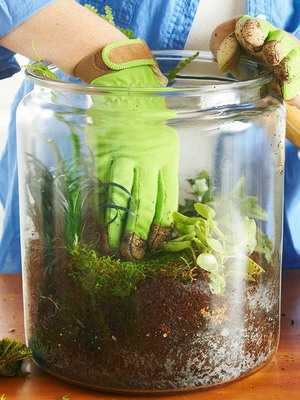
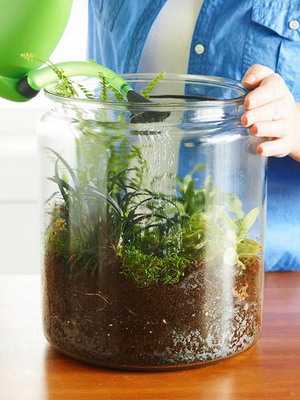
When planting, always leave space between the plants to allow them to grow. Never use cacti or succulents. You can make a terrarium for flowers with your own hands from scrap materials, showing ingenuity and ingenuity.

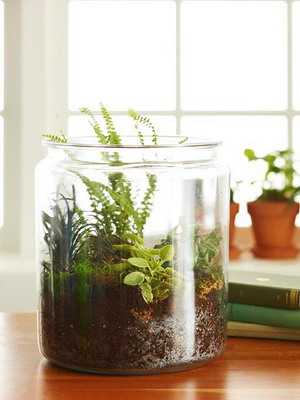
After planting, cover the top of the terrarium with glass. Install it in a well-lit place, away from direct sunlight. Water with care – Indoor glass gardens can usually be left un-watered for 3-6 months. It is virtually maintenance-free – just remove dead or diseased leaves as they appear.
Flowers in a bottle and their photos
Flowers in a bottle will decorate any interior of apartments, houses and offices. Any kind of glass bottle can be used. A bottle for chemical reagents looks especially impressive. Insert a thick paper cone into the neck of the bottle and cover the gravel with a layer of 5 cm. Add a thin layer of charcoal and finally a thick layer of compost for seeding and grafting. Tamp with something (like a spool of thread at the end of a bamboo stick).
Below are the flowers in a bottle in the photo that show possible design options:
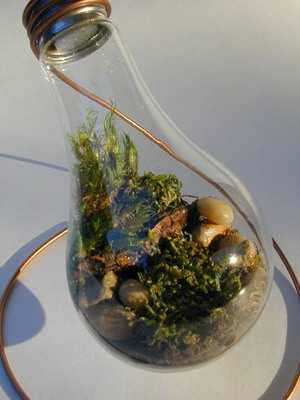
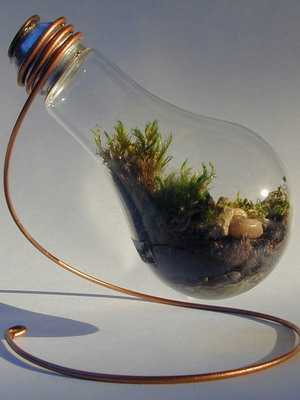
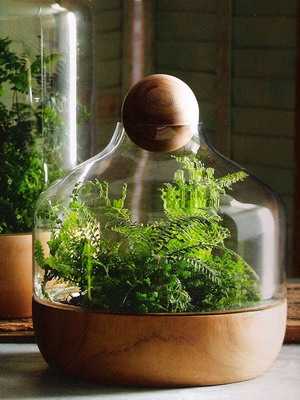


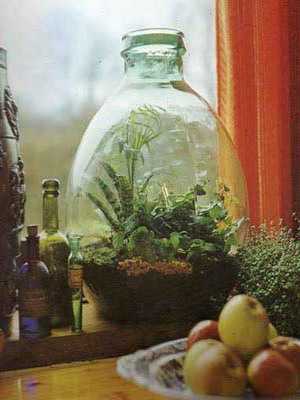
First of all, we plant tall plants – usually sansevieria, grevillea and dizigoteka are used. Cordilina apical, chlorophytum, ivy, croton and royal begonia are planted as filling plants. You will need about six specimens, including one upright plant and at least one creeping plant. The landing tool is a stick with a dessert spoon tied to one end and a fork on the other end. Compact compost around each plant.
Use a watering can with a long spout to spray a soft stream of water over the glass to clean it and moisten the surface. Insert the plug. In the future, watering will not be required for many months. Place the bottle in a well-lit place out of direct sunlight.
